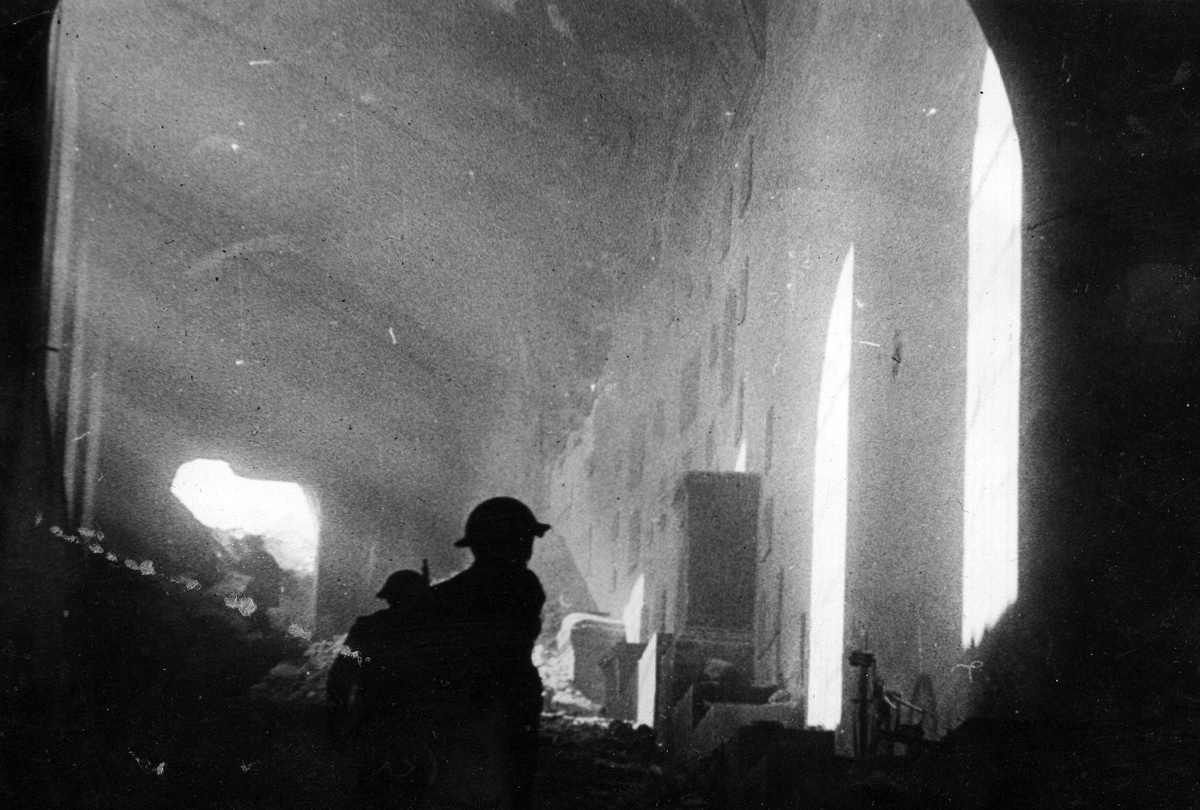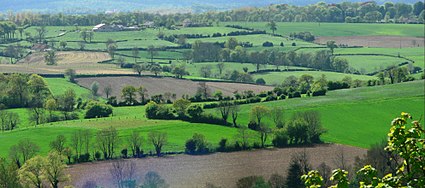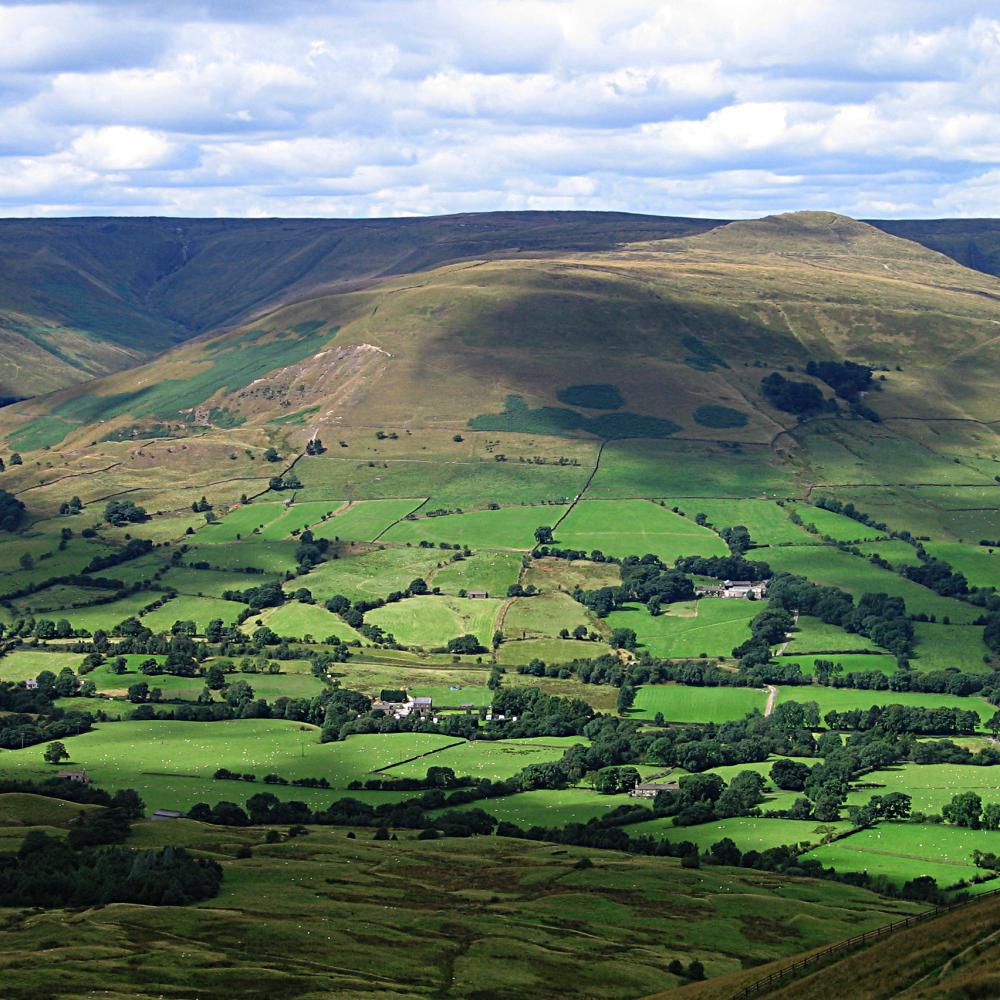The hermeneutic
key to understanding everything covered in this thread......that Stalin controlled Roosevelt's mind and soul.....if he had a soul......can be seen in this series of events, the results of which continued even after FDR died.....his orders vis-a-vis Stalin remained in effect.
. Lest any be mislead into believing that American lives were a priority to Roosevelt and his coterie, he let
Stalin….his erstwhile ally….. Stalin keep some 25,000 American soldiers as prisoners after the war.
For Eisenhower,
following orders was more important than either swiftly winning the war, or even preserving the lives of his troops.
.... he was selected because he passed
the big test: he was OK'd by Stalin. Evidence here:
" By May 15, 1945, the Pentagon believed
25,000 American POWs "liberated" by the Red Army were still being held hostage to Soviet demands that all "Soviet citizens" be returned to Soviet control, "without exception" and
by force if necessary, as agreed to at the Yalta Conference in February 1945.
When the U.S. refused to return some military formations composed of Soviet citizens, such as the First Ukrainian SS Division,
Stalin retaliated by returning only 4,116 of the [25,000] hostage American POWs.
On June 1, 1945, the United States Government issued documents,
signed by General Dwight D. Eisenhower, explaining away the loss of approximately 20,000 POWs remaining under Stalin's control."
http://www.nationalalliance.org/wwii/wwii.htm
National Alliance of Families
This is not idle conversation.....this is
20,000 American boys left to die in Stalin's gulags by the Roosevelt administration.
Left by Roosevelt, Hopkins, Marshall.....
....and Eisenhower.
Five day after V-E Day, the AP filed a startling news report from SHAEF: "Nearly half of the estimated 200,000 British and 76,000 American prisoners of war still in Germany are believed to
be within the Russian zone of occupation and Supreme Headquarters has twice requested a meeting or arrangement to arrange their return."
Senate Minority POW/MIA Report, 39."SHAEF Asks Russians About Freed PW's", AP Dispatch, ADVANCE HEADQUARTERS, Reims, France, May 12, 1945
a. On May 19, 1945, Eisenhower signed a cable stating
"Numbers of US prisoners estimated in Russian control 25,000"
b. Americans in Soviet custody were "in effect being held hostage"; "we may find a reluctance to return them all..." The realization began to dawn that they may never come home at all.
Major R.W. Barker, 'Report on Conference With Russian Officials Relative to Repatriation of Prisoners of War, May 23, 1945, See Senate Minority POW/MIA Report, 41.
What happened?
The Senate report goes on to assemble the relevant record of subsequent statements, memos, tallies and the like to arrive at its bottom line: between 12,500 and 20,000 U.S. servicemen were left behind after World.
"I can’t think of anything that puts a more American face on this uniquely twentieth-century
record of perfidy [by Roosevelt and his administration] than
the betrayal of our own fighting fathers, brothers, husbands, and sons, Americans of successive generations beginning back before the so-called Greatest Generation, all the way up to the baby boomers. Along with their long-suffering families, they would become
the uniquely American sacrifice to the conspiracy of silence that improbably held the Free World and the Un-Free World together, partners in crime, over the course of the twentieth century. Sacrifices, all, to American betrayal."
Diana West, "American Betrayal," chapter 11
The Death of the Grown-Up | Diana West > Home - Memorial
a. FDR died April 12th..but, based on Marshall's order, the White House clearly knew of the following prior to that:
“…of perfidy [by Roosevelt and his administration] than
the betrayal of our own fighting fathers, brothers, husbands, and sons…”
Let's hear those Roosevelt fluffers defend this.

en.wikipedia.org

en.wikipedia.org




